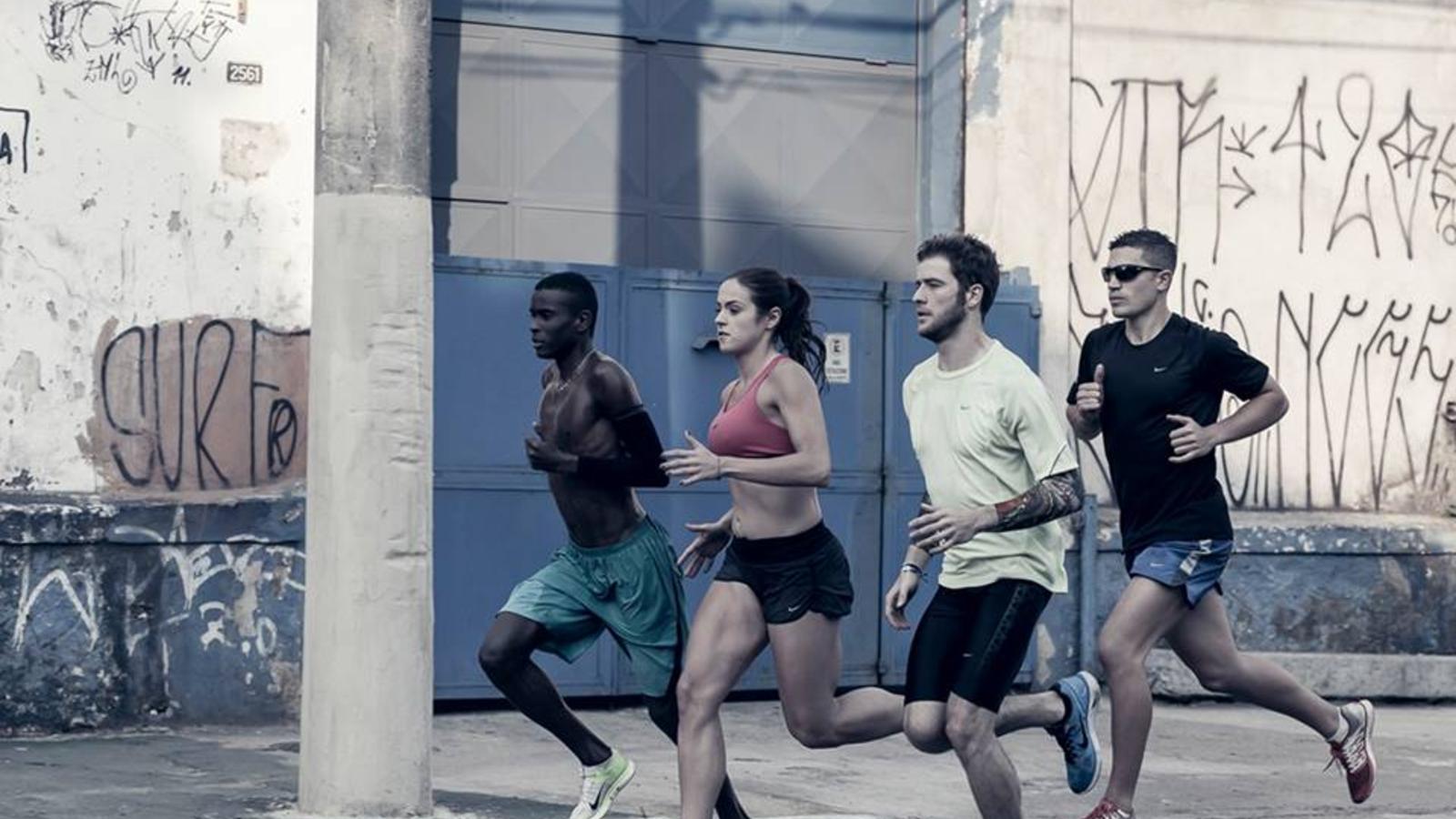RIO DE JANEIRO, BRAZIL – Despite the authorities’ recommendations to maintain social isolation to halt the escalation of the coronavirus epidemic, images of Brazilians walking, jogging or cycling through busy streets, bike lanes or squares generating crowds have been increasingly common in several Brazilian capitals.
It has been no different in São Paulo. Many people have made the most of the long sunny Easter holiday to exercise outdoors. Although it may seem like a way out of quarantine, for the sake of one’s own health, the practice of physical activities outdoors during the pandemic is only recommended by the World Health Organization (WHO) if a physical distancing of up to two meters is respected, to prevent the spread of the virus.
The Minister of Health, Luiz Henrique Mandetta, also recommended halting the practice of exercises for the time being, respecting the rules. According to experts, common sense has been lacking.

“Can you imagine if everyone were to think about going out alone on the bike lane? It will obviously lead to a great concentration of people. Choosing somewhere with only a few people, where there’s real distance, is something else. But it’s very difficult to offer advice on how to go out for a walk or a jog or a bike ride. I think it’s dangerous, there are many risks involved,” says Marcos Vinícius da Silva, a doctor at the Emílio Ribas Institute of Infectology and professor at PUC-SP (Pontifical Catholic University of São Paulo).
The use of a mask is not enough to ensure people’s protection when exercising outdoors because when they sweat, it dampens and needs to be replaced. “In addition to becoming damp, exercising with a mask is difficult. You have a shield on your face and most people are not used to it. If you can exercise inside, it’s safer,” he explains.
In its list of recommendations on physical activity during the Covid-19 pandemic, the WHO stresses the importance of washing your hands with soap and water or using a hand sanitizer before going out, when outdoors, and as soon as you come home.
The organization does not, however, recommend the practice of outdoor exercises in case of a fever, cough and difficulty breathing.
According to Silva, one of the greatest risks of creating exceptions to escape from home during this time of social isolation is the fact that around 80 percent of people infected with the coronavirus are asymptomatic.
“An individual who gets sick and displays symptoms is taken out of circulation and we are thus able to interrupt the transmission. But infected people who feel healthy and leave home may be transmitting the virus for a while. We’re at a crucial moment to flatten the curve,” he explains.
Distance during jogging and cycling needs to be increased
The recommended distance of one to two meters announced by authorities is very effective for people standing in a closed space or in an open space with mild weather, but may be insufficient when exercising right behind other people, according to a study published by the Technological University of Eindhoven in the Netherlands and the Catholic University of Leuven (KU Leuven) in Belgium.
“If someone exhales, coughs or sneezes while walking, jogging or cycling, most micro-droplets are dragged on the tracks or in the vacuum behind the jogger or cyclist. The other person jogging or cycling right behind them is moving through that droplet cloud,” says Bert Blocken, professor of civil engineering at both universities.
The article entitled ‘Social Distancing v2.0: During Walking, Running and Cycling’ recommends that hikers should keep at least four meters’ distance from each other when doing so behind other people, joggers should maintain a 10-meter distance from each other and fast cyclists should be even further apart, 20 meters, from other cyclists to avoid crossing the ‘droplet clouds’ of other people exercising.
The article has been criticized for not having been reviewed yet. However, the authors stated that they published hurriedly because they considered it “unethical” to keep the results from the public for several months in the face of the escalating pandemic.
How to exercise at home
There is no doubt that physical exercise is vital for the body and for mental health. With gyms and parks closed, and with the recommendation to remain at home as much as possible, the time invites one to reinvent oneself and try to exercise in one’s own home. The WHO itself suggests some tips for staying active at home.
Climb the stairs as many times as possible, consider it as an opportunity to stay active;
Use domestic chores to be more physically active;
Do fun activities, like dancing;
Follow exercise classes on the internet or devise a routine with music using the main muscle groups and increase your heart rate;
Do muscle strengthening activities, lifting weights or bottles filled with water or using your own body weight (push-ups, abs and squatting).
Source: El País

